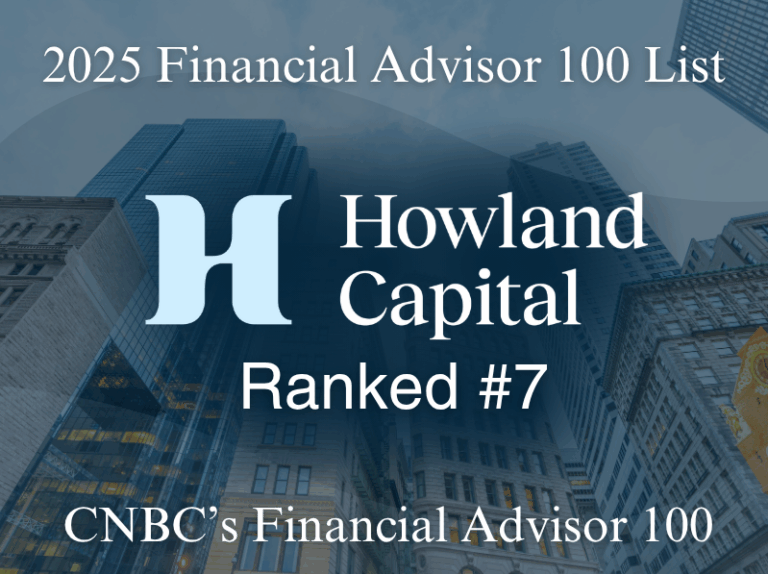First, they will begin to curtail their purchase of government bonds sometime this year, perhaps as early as November. In anticipation of this announcement, intermediate and long-term bond yields have risen in recent weeks, with the 10-year U.S. Treasury Note yield rising to 1.53% vs. 0.68% a year earlier, as of September 30. The Fed has also stated it is willing to tolerate a temporary period of inflation above their target of 2% before raising short-term rates. The Fed is now guiding the market and investors to expect a hike in the federal funds rate sometime in the second half of 2022. After many years of ultra-low (or zero) interest rates, a gradual rise in rates would be welcome for bond investors. Higher yields would translate to more income generated from bond investments, and would also signal a return to more normal financial conditions.
Corporate balance sheets and cash flow generation are the healthiest in many years and the incremental yield (or “spread”) that corporate bonds pay above government bonds is low. In this environment, we expect bonds to provide a modest amount of income as well as greater liquidity and price stability versus stocks. In addition to looking at the income generated from fixed income investments, we also monitor credit risk, which can impact stability and returns.
